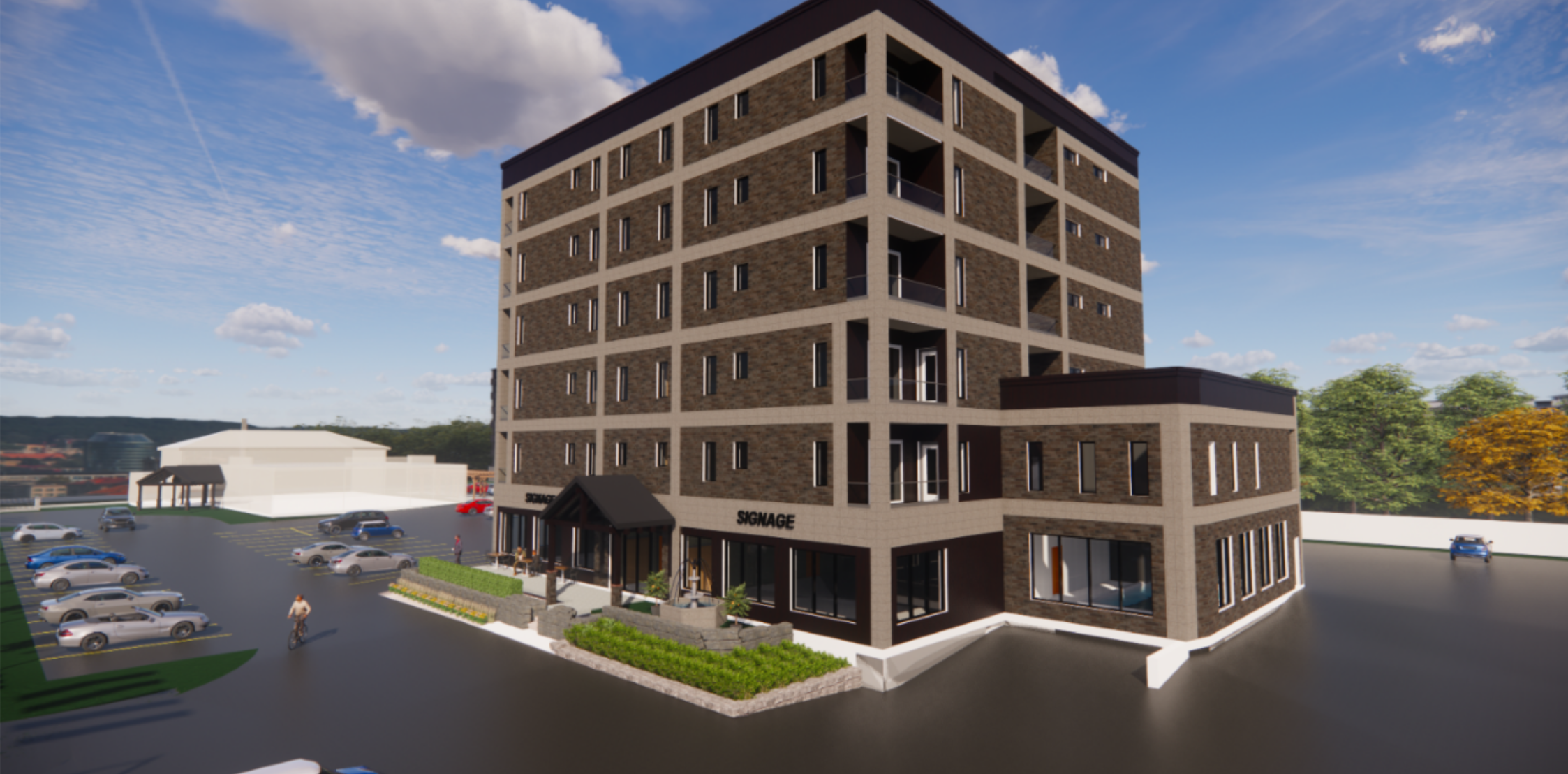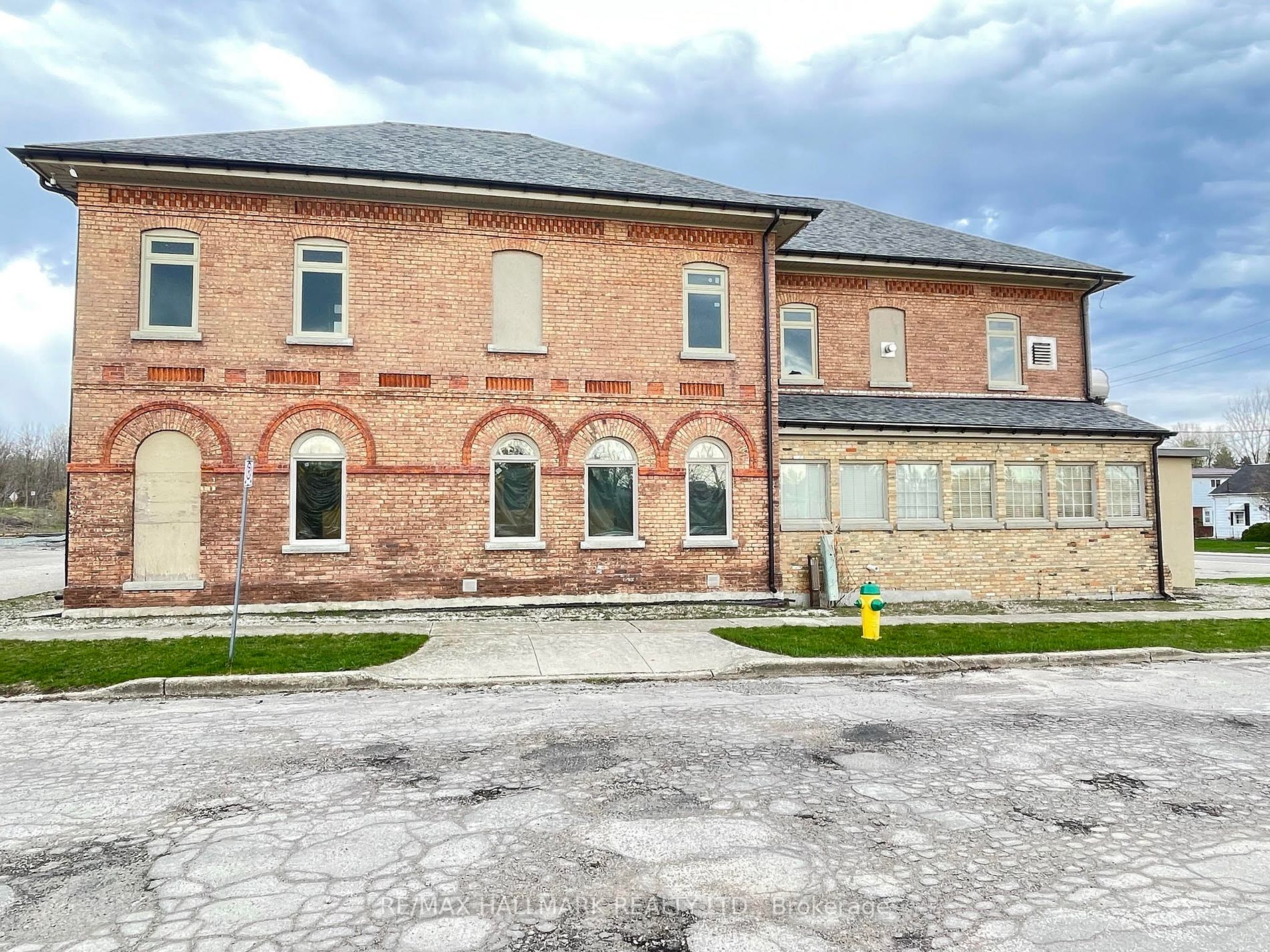In The Age Of The Hybrid Workplace, Flexible Amenities Attract Employees Back To Office

In The Age Of The Hybrid Workplace, Flexible Amenities Attract Employees Back To Office
Architecture and design firm BDP Quadrangle committed to move to a new office in downtown Toronto in 2019, just a few months before the pandemic lockdown introduced everyone to the alternative universe of working remotely.
The timing could have been better, but it proved to be an opportunity.
Before the firm moved in last fall, it was already clear that, with many employees working remotely, the company could get by with less space than planned and has since subleased half of one of its two 20,000-square-foot floors in the Well at Front and Spadina.
Caroline Robbie, principal at BDP Quadrangle, says the upheaval provided an opportunity to experiment with strategies aimed at managing the company’s 232 employees toward what is likely to be a hybrid future.
Furnishings and technology were designed to be moveable to adapt to changing needs; employees are free to work in any area that suits their preferences. On a typical day, between 75 per cent and 80 per cent of the office is fully occupied.
Even pre-pandemic what we’ve always said is don’t let a crisis go to waste. The pandemic provided an opportunity to re-examine everything we took for granted about workplace design.
— Andrea McCann, associate and lead interior designer at BDP Quadrangle
That attendance is significantly higher than in many offices across Canada, and after a year of wait-and-see in the aftermath of the pandemic, companies are experimenting with what is being called “micro-architecture,” adding furnishings and amenities that make coming into the office worth the commute, says Lisa Fulford-Roy, senior vice-president of client strategy for CBRE in Toronto.
“Without changing anything in the work environment, it will be very difficult for employers to signal that the purpose of office has shifted to engagement and is not necessarily for activities that employees could do at home,” she says.
It’s also the landlords who need to be concerned that if a building doesn’t offer amenities companies are going to need going forward, tenants will be looking to move.
CBRE’s Canada Real Estate Market Outlook 2023 highlighted re-evaluations of space requirements in the tech industry and financial sectors that have seen sublet space rise nationally for three consecutive quarters, to equal 3.4 per cent of existing office inventory.
According to the report, the overall national office vacancy rate increased to 17.7 per cent in Q1 of 2023, with vacancies rising in both downtown and suburban segments.
“Even prepandemic, what we’ve always said is don’t let a crisis go to waste,” says Andrea McCann, associate and lead interior designer at BDP Quadrangle. “The pandemic provided an opportunity to re-examine everything we took for granted about workplace design.”
The company is continually consulting with its teams to understand their needs and the evolving ways they use office space, she says. “We want to learn where people tend to congregate and whether we need more meeting spaces, casual spaces or something entirely different that we haven’t figured out yet.”
Flexibility has become a key feature. While there are traditional work areas with unassigned desks, many of the work areas are flexible to do double or triple duty.
Video monitors are on stands with wheels to allow for easy relocation. Workspaces that have good city views and natural light can be enclosed with curtains for soundproofing and privacy during meetings. Even a podcast room is set up with broadcast-quality sound and lighting for presentations.
Tech additions include a booking system to reserve and track workstation and meeting-room use. BDP Quadrangle went a step further and created a calendar of every event that is happening in the days ahead.
An area dubbed the Back Alley has become one of the more popular spaces in the office for impromptu discussions. “In a traditional office design, this would have been the big boardroom area that everybody would dread going into because it’s in the centre of the floor and doesn’t have windows, but people now use it for group meetings and critiques and break-room sessions and celebrations,” Ms. McCann says.
For concentration and focused discussion, another interior space, the Black Box, is devoid of colour or any distraction. “We intentionally designed this space to be simple,” Ms. McCann explains. “And while other parts of the office are full of natural light, with windows and views, we kept the Black Box as a visually quiet space to allow high-profile meetings to feel focused and purposeful.”
The Oasis, a quiet zone designed to inspire and reinvigorate, has lounge furnishings, abundant plant life and some of the best views of city, while a break room and kitchen area – the Community Hub – was deliberately left unfinished with mobile tables and chairs that can be easily rearranged.
The plant life that extends from the Oasis throughout the office is proving to be an incentive for attendance. About 20 employees who may not have the space at home to grow plants have volunteered to tend them and it has become one of the reasons they like to come in regularly, Ms. Robbie says.
“The amount of press around what the workplace of the future will look like was so overwhelming that we’ve seen business leaders just frozen with fear because these can be huge investments,” Ms. Robbie says.
“It’s going to be a couple of years before we really see how this cycle that started in 2020 is resolved,” she adds, “so, I think everybody needs to calm down and not expect to have all the right answers but continue to test and try new things. The experiment needs to continue.”









